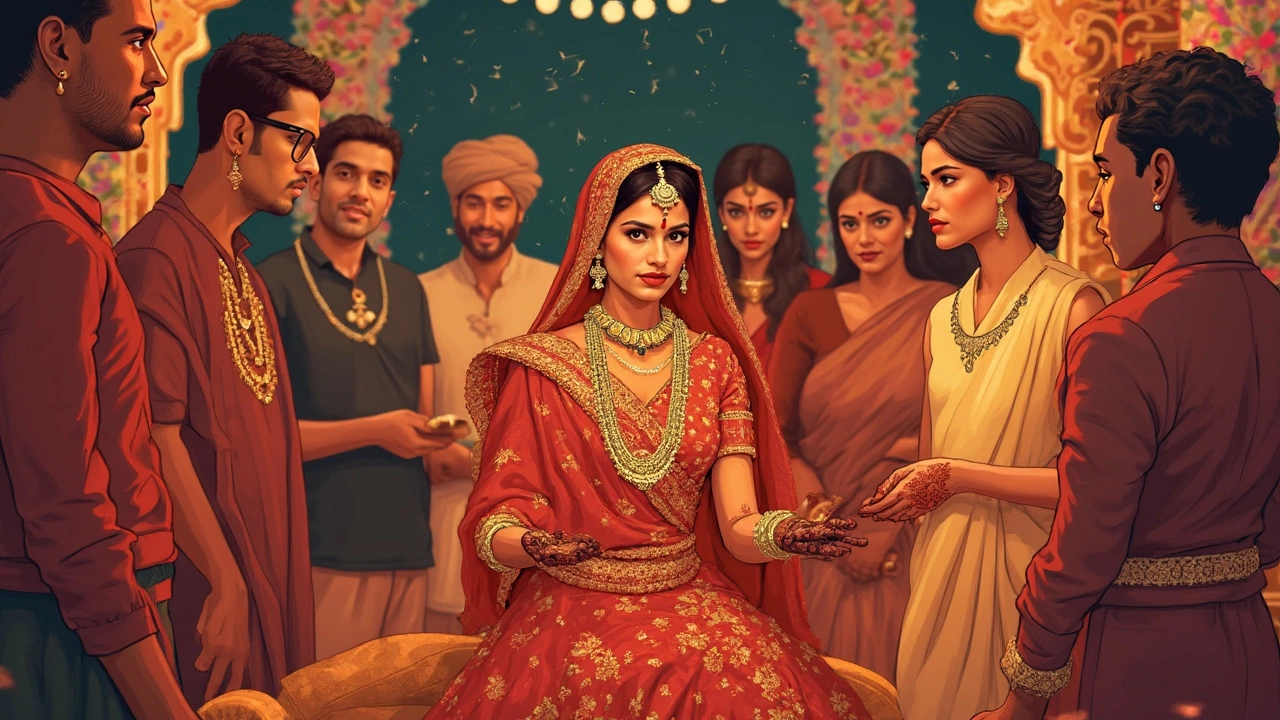Religious Symbolism in Indian Jewellery
When exploring religious symbolism, the way spiritual beliefs are expressed through ornaments, you quickly see it isn’t just about sparkle. It’s a visual language that tells stories about marriage, devotion, community and personal identity. From ancient temples to modern street style, each piece carries a message that can be read by anyone familiar with the culture. Religious symbolism shapes how we choose, wear, and gift jewellery, turning everyday accessories into powerful statements.
Key Symbols Shaping Indian Traditions
One of the most recognizable symbols is the Mangalsutra, a sacred necklace tying a husband and wife together. It represents marital commitment, the promise of protection, and the continuity of family values. Meanwhile, the Bindi, a red dot placed on the forehead marks the third eye, signifying intuition and inner focus. Both items illustrate how jewellery can serve as a daily reminder of one’s spiritual path.
Another staple is the Kada, a thick steel or gold bracelet worn by Sikhs. It stands for strength, eternity, and the wearer’s commitment to the Sikh faith. In contrast, the Nose Pin, a tiny ornament placed in the nostril often signals femininity, marital status, or regional identity, linking personal style to cultural heritage.
These symbols don’t exist in isolation; they intersect with each other and with broader customs. For example, a bride may combine a mangalsutra with a nose pin and a bindi, weaving multiple layers of meaning into a single look. The act of tying a mangalsutra often coincides with the application of sindoor, while the presence of a kada may appear alongside traditional turbans during religious ceremonies. Such overlaps create a rich tapestry of visual cues that reinforce community ties.
Understanding these connections helps you choose pieces that resonate with your own story. If you value marital commitment, a simple gold mangalsutra can speak louder than any words. If you want to honor Sikh heritage, a sturdy kada adds both style and significance. And if you’re drawn to regional flair, a delicately crafted nose pin can instantly signal cultural belonging.
Beyond personal meaning, many of these items have practical attributes that influence buying decisions. Mangalsutras are often made of 22K gold for durability, while kada bracelets are typically forged from stainless steel to withstand daily wear. Nose pins come in various gauges, allowing comfort for different piercings. Knowing these material facts lets you match symbolism with functionality.
Below you’ll find a hand‑picked collection of articles that dive deeper into each of these symbols. From the etiquette of gifting a mangalsutra to the modern twists on bindi designs, the posts cover history, regional variations, and buying guides. Whether you’re preparing for a wedding, looking for everyday wear, or simply curious about the cultural roots of your favourite accessories, the following reads will give you clear, actionable insights.
